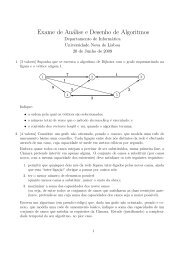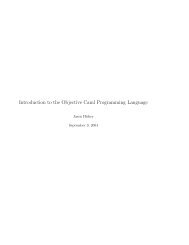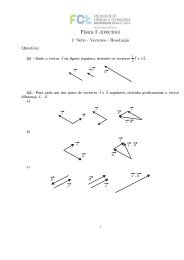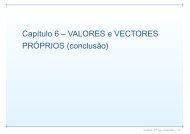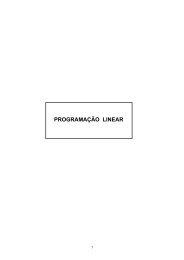Security Articles from Wikipedia
Security Articles from Wikipedia
Security Articles from Wikipedia
You also want an ePaper? Increase the reach of your titles
YUMPU automatically turns print PDFs into web optimized ePapers that Google loves.
RSA (algorithm) 113<br />
Attacks against plain RSA<br />
There are a number of attacks against plain RSA as described below.<br />
• When encrypting with low encryption exponents (e.g., ) and small values of the , (i.e. )<br />
the result of is strictly less than the modulus . In this case, ciphertexts can be easily decrypted by taking<br />
the th root of the ciphertext over the integers.<br />
• If the same clear text message is sent to or more recipients in an encrypted way, and the receivers share the<br />
same exponent , but different , , and therefore , then it is easy to decrypt the original clear text<br />
message via the Chinese remainder theorem. Johan Håstad noticed that this attack is possible even if the cleartexts<br />
are not equal, but the attacker knows a linear relation between them. [7] This attack was later improved by Don<br />
Coppersmith. [8]<br />
• Because RSA encryption is a deterministic encryption algorithm – i.e., has no random component – an attacker<br />
can successfully launch a chosen plaintext attack against the cryptosystem, by encrypting likely plaintexts under<br />
the public key and test if they are equal to the ciphertext. A cryptosystem is called semantically secure if an<br />
attacker cannot distinguish two encryptions <strong>from</strong> each other even if the attacker knows (or has chosen) the<br />
corresponding plaintexts. As described above, RSA without padding is not semantically secure.<br />
• RSA has the property that the product of two ciphertexts is equal to the encryption of the product of the respective<br />
plaintexts. That is Because of this multiplicative property a chosen-ciphertext<br />
attack is possible. E.g. an attacker, who wants to know the decryption of a ciphertext may<br />
ask the holder of the private key to decrypt an unsuspicious-looking ciphertext for some<br />
value chosen by the attacker. Because of the multiplicative property is the encryption of .<br />
Hence, if the attacker is successful with the attack, he will learn <strong>from</strong> which he can derive the<br />
message m by multiplying with the modular inverse of modulo .<br />
Padding schemes<br />
To avoid these problems, practical RSA implementations typically embed some form of structured, randomized<br />
padding into the value before encrypting it. This padding ensures that does not fall into the range of insecure<br />
plaintexts, and that a given message, once padded, will encrypt to one of a large number of different possible<br />
ciphertexts.<br />
Standards such as PKCS#1 have been carefully designed to securely pad messages prior to RSA encryption. Because<br />
these schemes pad the plaintext with some number of additional bits, the size of the un-padded message M must<br />
be somewhat smaller. RSA padding schemes must be carefully designed so as to prevent sophisticated attacks which<br />
may be facilitated by a predictable message structure. Early versions of the PKCS#1 standard (up to version 1.5)<br />
used a construction that turned RSA into a semantically secure encryption scheme. This version was later found<br />
vulnerable to a practical adaptive chosen ciphertext attack. Later versions of the standard include Optimal<br />
Asymmetric Encryption Padding (OAEP), which prevents these attacks. The PKCS#1 standard also incorporates<br />
processing schemes designed to provide additional security for RSA signatures, e.g., the Probabilistic Signature<br />
Scheme for RSA (RSA-PSS).



